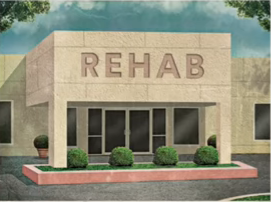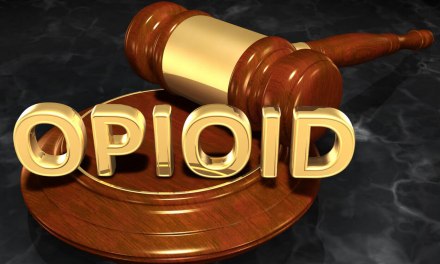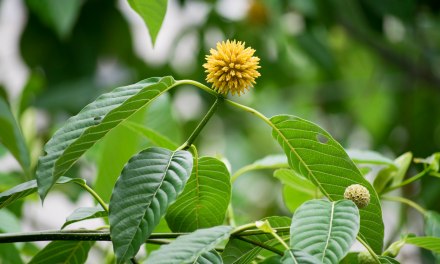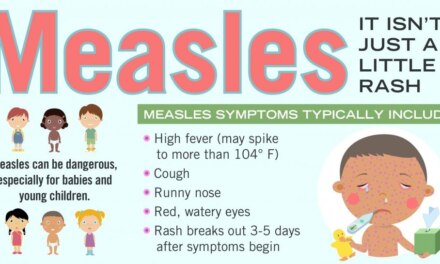It’s a good question, because it now appears that considerable sums of money will be flowing into many of our communities as a result of the Johnson & Johnson et al settlements. With more to come as other settlements and verdicts follow.
The total: some $26 billion. As things stand, J&J’s share will be $5 billion, paid over a period of 10 years. The other three defendants – Amerisource, Cardinal, and McKesson – will be responsible for paying an additional $21 billion, spread over 18 years.
Who gets the money? According to one of the lead attorneys, “nearly every state and local government in the United States.” That’s the plan. It’ll be up to the states to get their local authorities to sign up and sign on.
A link to an article in The Guardian:
J&J and distributors to pay $26bn to settle claims they fuelled US opioid crisis
I was surprised to find myself feeling that $26 billion, impressive as it is, just doesn’t sound like all that much, in view of the damage that’s already been done to America and its citizens. We’re talking twenty years and half a million deaths, remember.
All the money is slated for community services and projects of various types, rather than directly to victims. Some of the uses that have been mentioned so far:
- More street counselors and outreach workers to recruit people into treatment.
- Housing assistance to help stabilize homeless people in addiction treatment
- Improved access to medications such as methadone and buprenorphine
- Greatly expanded access to OD prevention meds, such as Naloxone
- Targeted education for schools and the public about the dangers of fentanyl
- Increased programming in courtrooms, jails and prison populations
I’m sure many others will emerge. Some needs are common to all communities dealing with addictions. Others will be quite specific to a given population or set of circumstances.
I’m not clear so far on whether the money will come with the proviso that it be used specifically for opioid patients and prevention. We’ve run into that in the past. Although fentanyl overdoses are attracting the bulk of the public’s attention, any counselor or healthcare professional will tell you that opioids are only part of what we think of as ‘the drug problem’. In many areas, methamphetamine has outstripped opioids as a factor in both overdose incidents and addiction treatment admissions.
And don’t forget cannabis? As states race ahead with legalization, we should anticipate an increase of persons seeking help for Cannabis Use Disorders (CUDs). As they saying goes, this is not your grandparents’ wacky weed we’re dealing with. Can some of the funds be used to help these patients as well?
Or as I heard a counselor complain in a staff meeting: “If I’ve got a meth addict with a 10 year history of that plus alcoholism, does he have to go get strung out on pills or heroin to qualify for funding?”
Let’s hope not. But in fact, I’ve heard of such cases in several communities. Requirements such as that can actually be another barrier to a recovery process that’s difficult enough on its own.
The Guardian piece notes that five states – Washington, West Virginia, Alabama, Oklahoma, and New Hampshire — are excluded from the settlements because of their own legal actions already underway.
We hope you folks get the funds you need, as well.












